Explore Environment Topics and Guides
Looking for clear, useful info about the environment? You’re in the right place. Here you’ll find short guides that break down big topics – from the three main environment categories to the biggest threats we face today. We keep the language simple and give you practical steps you can try right away.
First off, let’s sort the basics. Experts often split the environment into three parts: biotic (living things), abiotic (non‑living stuff like water and rock) and cultural (how people shape nature). Understanding these groups helps you spot where a local project fits and why it matters. For example, a community garden is mostly biotic, but it also touches abiotic (soil quality) and cultural (shared space) aspects.
Know Your Local Environmental Groups
Many people wonder which groups actually do the work on the ground. Two big names you’ll hear a lot are Greenpeace and WWF. Greenpeace is known for bold actions and high‑visibility campaigns, while WWF focuses on long‑term conservation projects and scientific research. Both run programs that need volunteers, donations, or just a spreading‑the‑word effort.
If you prefer a more local vibe, look for smaller activist groups that focus on specific issues like river clean‑ups, wildlife corridors, or renewable energy in Minehead. These groups often host workshops, community talks, and hands‑on activities that let you learn while you help. Joining a group can be as easy as signing up for a single event or following their social media for updates.
Take Action on the Biggest Challenges
Climate change tops the list of urgent environmental problems. It drives extreme weather, threatens wildlife, and puts pressure on food and water supplies. Simple actions – like reducing energy use at home, choosing a reusable water bottle, or supporting local renewable projects – add up when many people get involved.
Biodiversity loss is another hot topic. When natural habitats shrink, the animals and plants that live there disappear. You can help by planting native species, avoiding products that contribute to deforestation, and supporting charities that protect critical habitats.
Beyond these, there are five basic types of environments you’ll see around you: forests, wetlands, deserts, oceans, and urban areas. Each has its own set of rules, species, and challenges. Knowing which one you’re in helps you choose the right actions – for instance, a beach clean‑up for coastal zones or a tree‑planting day in a woodland.
Ready to get started? Pick one guide that clicks with your interests, join a local group, and try a quick tip today. Whether you sign up for a climate‑action workshop or simply start composting, you’re making a difference. Stay curious, stay active, and keep coming back for more practical advice on protecting our planet.

What Is the Easiest Environmental Problem to Solve?
The easiest environmental problem to solve is single-use plastic waste. Simple swaps like reusable bags and bottles can cut plastic use by 80% fast - no laws or tech needed.
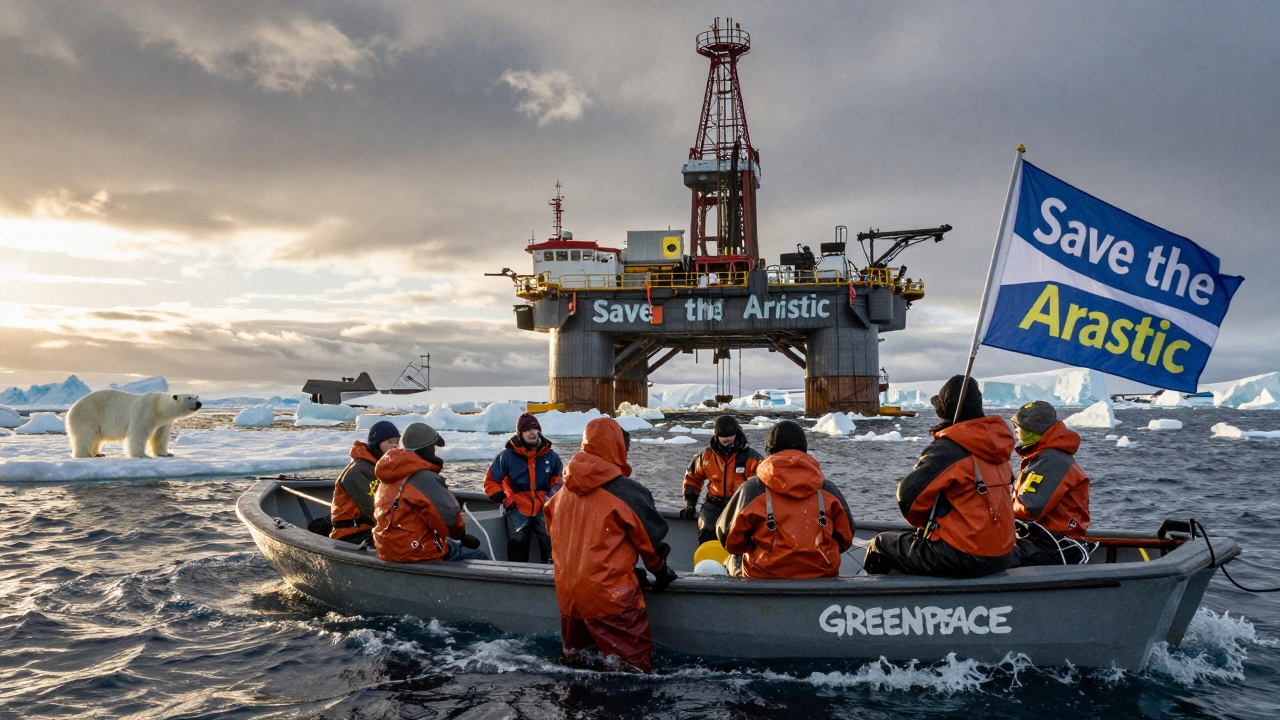
What charity helps the earth? Top organizations making a real difference
Discover the top environmental charities making real, measurable differences for the planet-from Greenpeace's bold actions to The Nature Conservancy's land protection. Learn how to choose a trustworthy group and start helping today.

What Is the Deadliest Threat to Humans? The Real Killer Behind Climate Change
Climate change is the deadliest threat to humans, killing over 5 million people yearly through heat, pollution, disease, and famine. It’s not a future risk-it’s happening now.
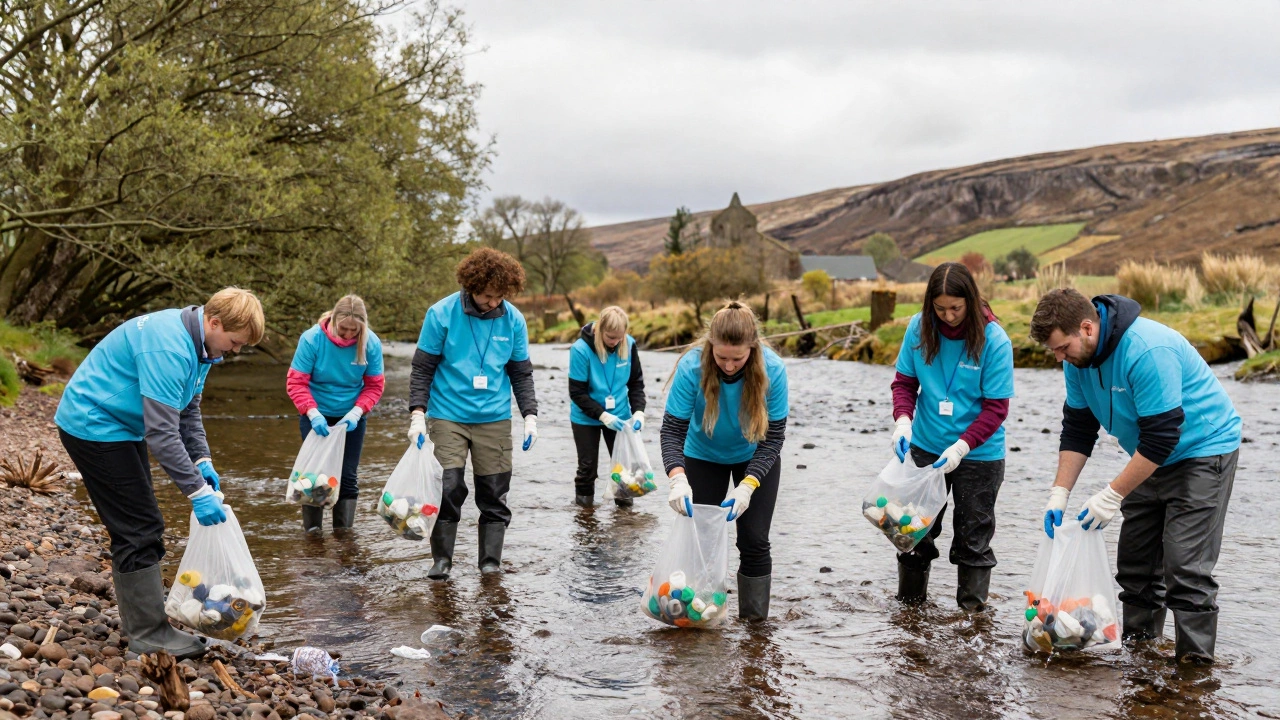
What Is an Environmental Group? Definition, Purpose, and Real-World Examples
An environmental group is an organization dedicated to protecting nature through activism, education, and policy change. From local cleanups to global campaigns, these groups fight pollution, save wildlife, and push for sustainable laws. Learn what they do, how they work, and how you can help.
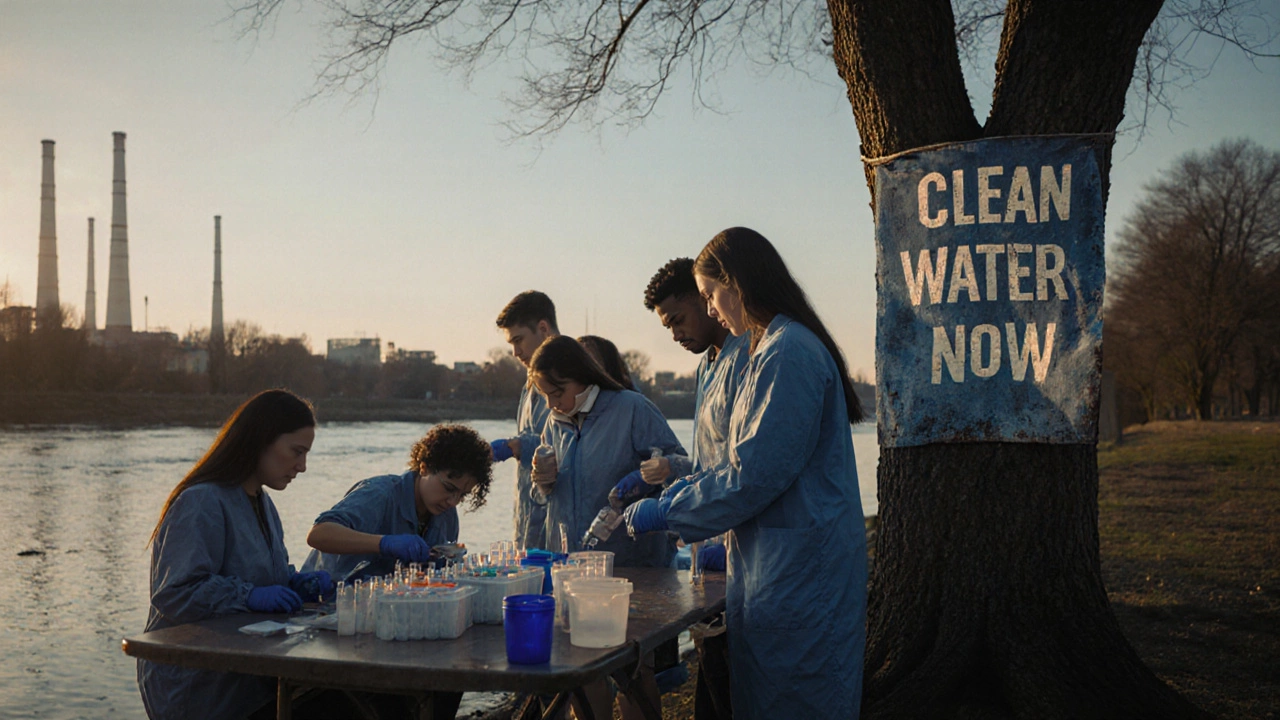
What Are the Major Roles of Environmental Groups?
Environmental groups drive real change by enforcing laws, cleaning pollution, protecting habitats, and empowering communities. They hold corporations and governments accountable-and make sure nature and people both survive.

What Are the Three Main Types of Environment? A Simple Breakdown for Everyday Understanding
Learn about the three main types of environment-natural, built, and social-and how they shape our daily lives. Understand how environmental groups work across all three to create real change.

The 4 Major Environmental Spheres Explained - Atmosphere, Hydrosphere, Lithosphere, Biosphere
Learn what the four major environmental spheres are-atmosphere, hydrosphere, lithosphere, biosphere-how they interact, and practical steps for community groups to protect them.
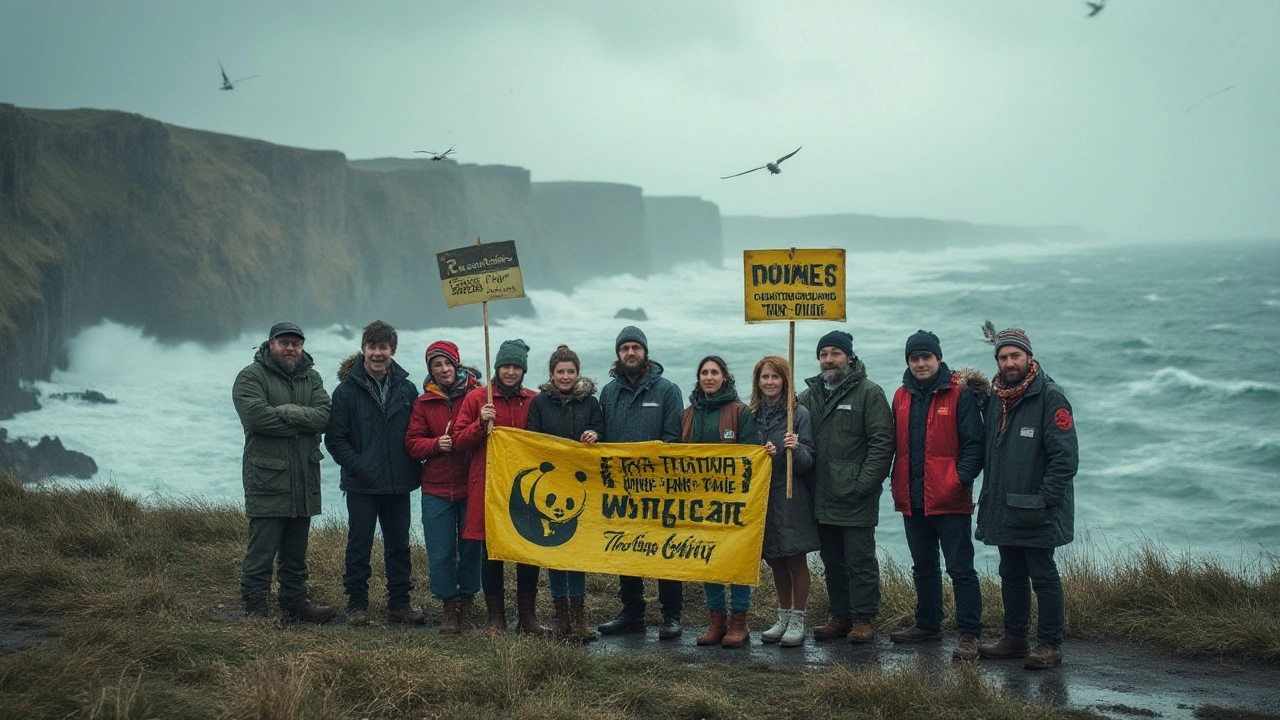
Greenpeace vs WWF: Comparing Two Environmental Organisations for a Greener Future
A deep dive into the work of Greenpeace and WWF – two global environmental organisations tackling climate change, wildlife conservation, and more. Real facts, tips, and insight.

What is an Environmentalist Group? Guide to Green Organizations and Activism
Discover what environmentalist groups do, how they influence policy, and ways you can join their mission. Real facts, stories, and practical tips inside.
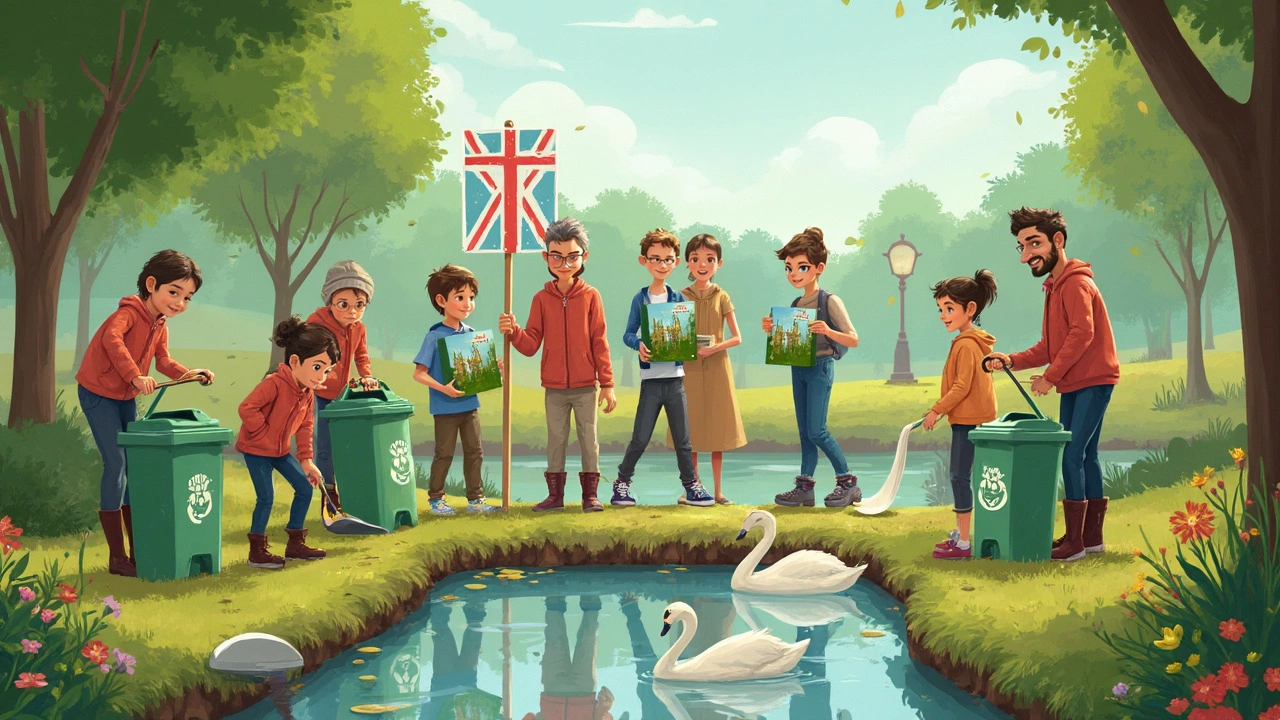
How Many Groups of Environment Do We Have? A Clear Guide to Environmental Groups
Confused by all the talk about environmental groups? This article breaks down the main groups of environment, explains what each one does, and shows how you can spot their work in real life. Get tips on how to join in or support your favorite cause. You'll see examples from everyday life and discover surprising facts about what these groups actually accomplish. If you're curious about the different types, this guide will make it super clear.
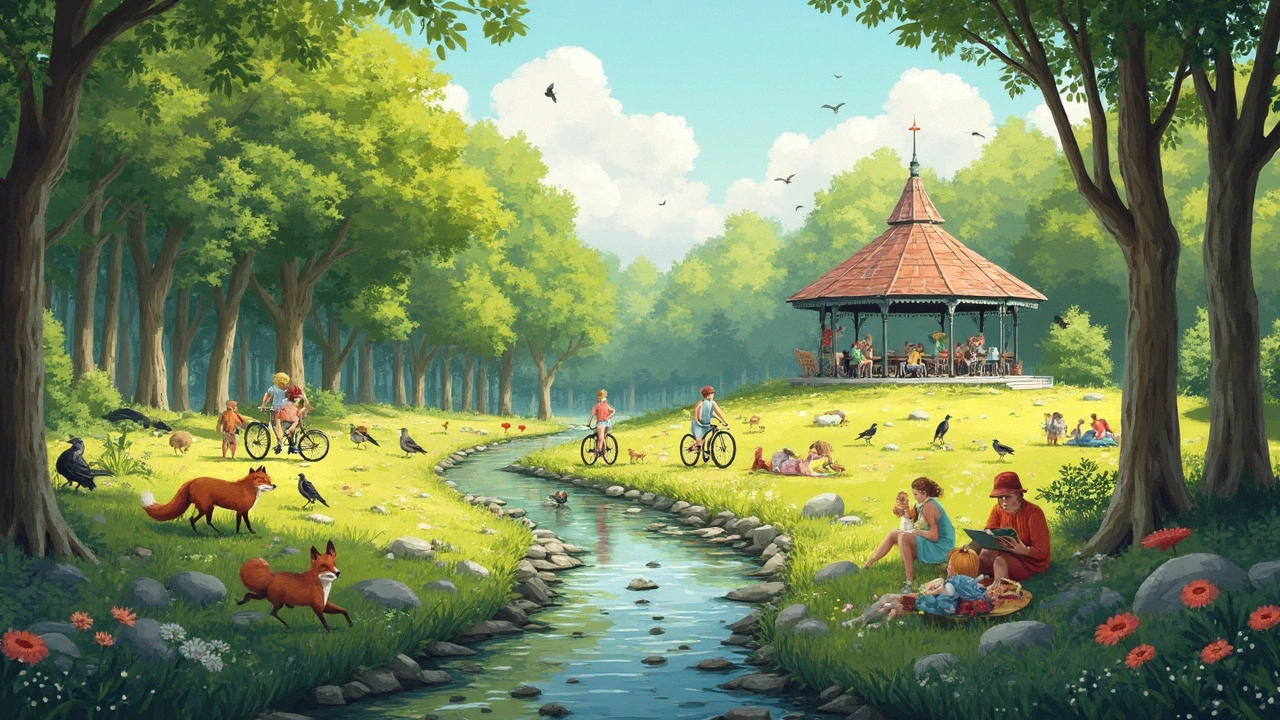
Environment Categories: The Core Three Explained
Not every part of the environment fits neatly into one box, but experts usually split it into three main categories: biotic, abiotic, and cultural. This article lays out what each group is, why they matter, and how they shape real-world environmental decisions. You'll get specific examples and tips to understand and spot these groups in daily life. Plus, we'll dig into how knowing these categories can help you get more involved in local green projects and make smarter choices at home.
Who Is the Most Famous Environmentalist? Unpacking the Icons That Changed Activism
Who really comes to mind when you think about environmental icons? This article explores the lives and impact of the world’s most famous environmentalists, breaking down what makes them stick in people’s minds. You'll get practical tips if you want to join the movement, and learn surprising facts about their influence and the environmental groups linked to their work. See how any regular person can make waves just like the pros. Let’s dig into the real-world guides left by the legends of climate activism.